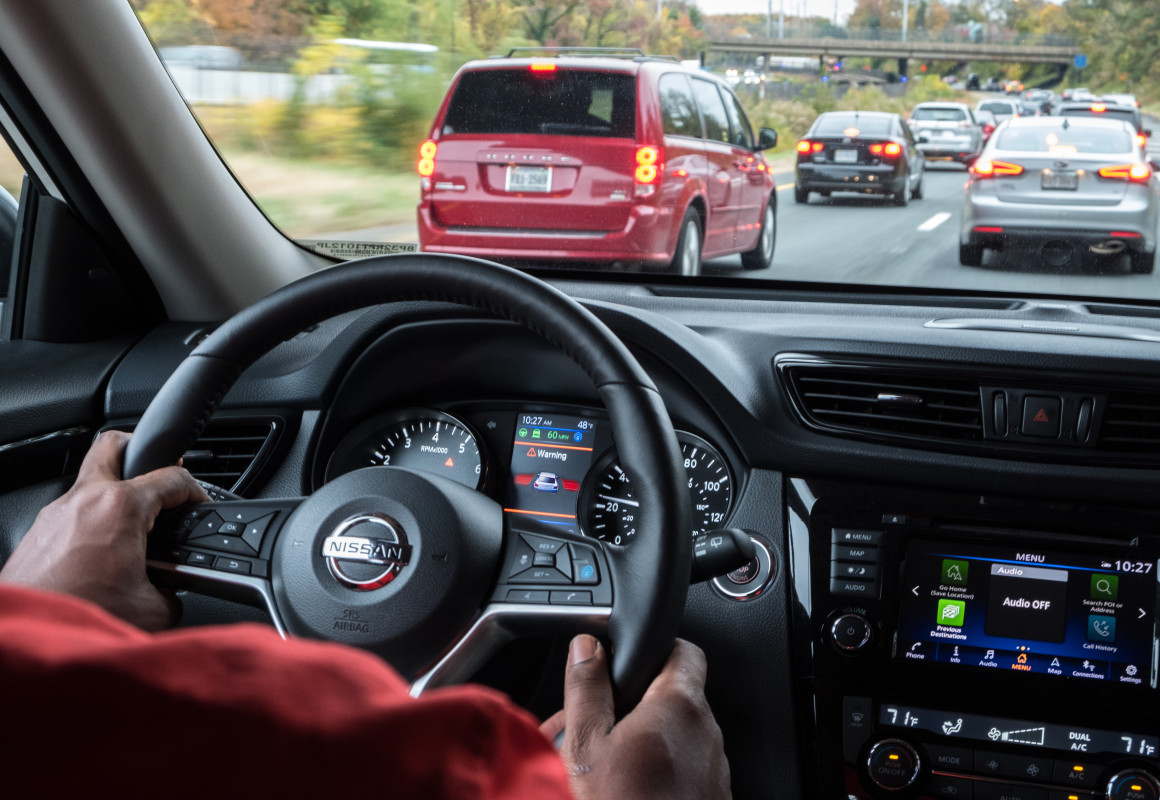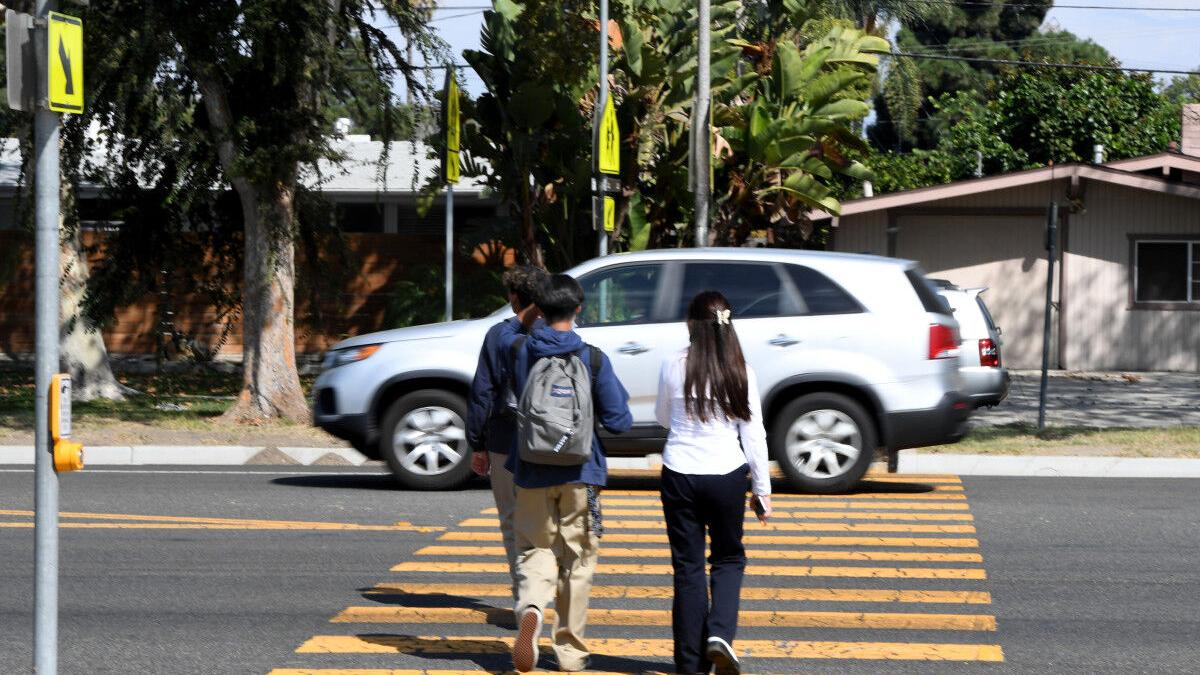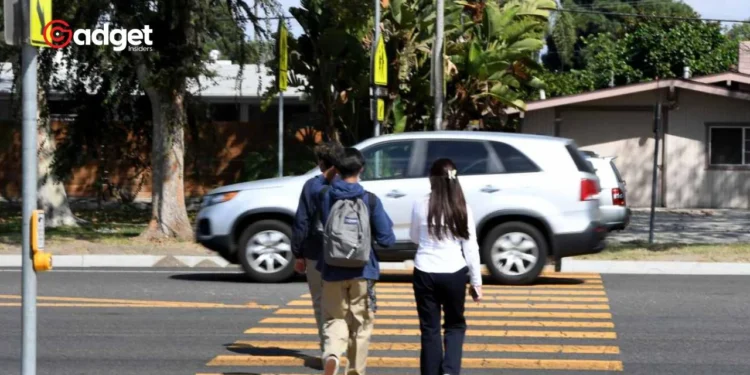In a landmark decision by the National Highway Transportation Safety Administration (NHTSA), all new light passenger vehicles and pickup trucks in the United States will soon be required to incorporate a trio of advanced driver assistance systems. By September 2029, technologies such as forward collision warning, automatic emergency braking (AEB), and pedestrian automatic emergency braking must be standard features. This directive aims to significantly enhance road safety, reducing both rear-end collisions and pedestrian incidents.

A Commitment to Saving Lives
According to the NHTSA, this new Federal Safety Standard Ruling is poised to prevent at least 24,000 injuries and save at least 360 lives annually. U.S. Secretary of Transportation Pete Buttigieg emphasized the significance of these advancements. “The new vehicle safety standards we finalized today will save hundreds of lives and prevent tens of thousands of injuries every year,” Buttigieg stated. He highlighted the role of the Bipartisan Infrastructure Law in fostering a new era of safer travel by mandating these critical safety features.
As Elon Musk stakes the future of Tesla on autonomous driving, lawyers from California to Florida are picking apart the co’s most common driver assistance technology in painstaking detail, arguing Autopilot is not safe for widespread use by the public. https://t.co/41W7qYXQ3R
— 𝕸𝖆𝖗𝖎𝖊 🇲🇽🇺🇸⚔️ 🌊🐺♒💃💙🌻 (@LMarieVResists) April 29, 2024
Ensuring Technology Meets Challenges
The ruling does not merely require the inclusion of these features; it insists that they operate under the most demanding road conditions. The systems must halt vehicles at speeds up to 62 miles per hour to avoid vehicle collisions and detect pedestrians both day and night. Additionally, in scenarios where a collision with another vehicle is imminent, the braking system must function at speeds up to 90 miles per hour, and up to 45 miles per hour for pedestrian detections.

The Road Ahead: Challenges and Expectations
Despite the optimism surrounding this ruling, the transition to universally reliable safety technologies is fraught with challenges. Recent evaluations by the Insurance Institute for Highway Safety (IIHS) have revealed significant disparities in the effectiveness of current safety systems. In tests involving ten popular small SUVs, only the Subaru Forester received the highest mark, while other models like the Honda CR-V and Toyota RAV4 were deemed “acceptable.” Some models were rated as “marginal,” and a few, including the Chevrolet Equinox and Volkswagen Taos, received the lowest grade of “poor.”
Joe Young, Media Relations Director at IIHS, expressed mixed feelings about the progress. “Automatic emergency braking is already preventing a lot of crashes, and requiring that it work at higher speeds and with pedestrians, especially in the dark, will ensure that more crashes are prevented and more lives are saved,” he noted. However, he also pointed out that “the compliance timeline for the rule is longer than we’d like to see,” emphasizing the ongoing need for rigorous consumer ratings tests to push for better technology sooner than later.

Conclusion: A Stepping Stone to Safer Roads
As automakers work to refine these technologies, the implications of the NHTSA’s ruling are clear: a safer future is on the horizon, but it will require collaboration, innovation, and persistence. The comprehensive testing and development processes must continue to evolve, ensuring that when these technologies are fully implemented, they are not only compliant but also genuinely effective in protecting lives. The journey towards safer roads may be long, but with these steps, a more secure driving environment is becoming an achievable reality.










